PHANTOM PHLYOUT 2013 - Jagdgeschader 71 “RICHTHOFEN“
Update: 2020/03/31 by Robert Kysela / CHK6
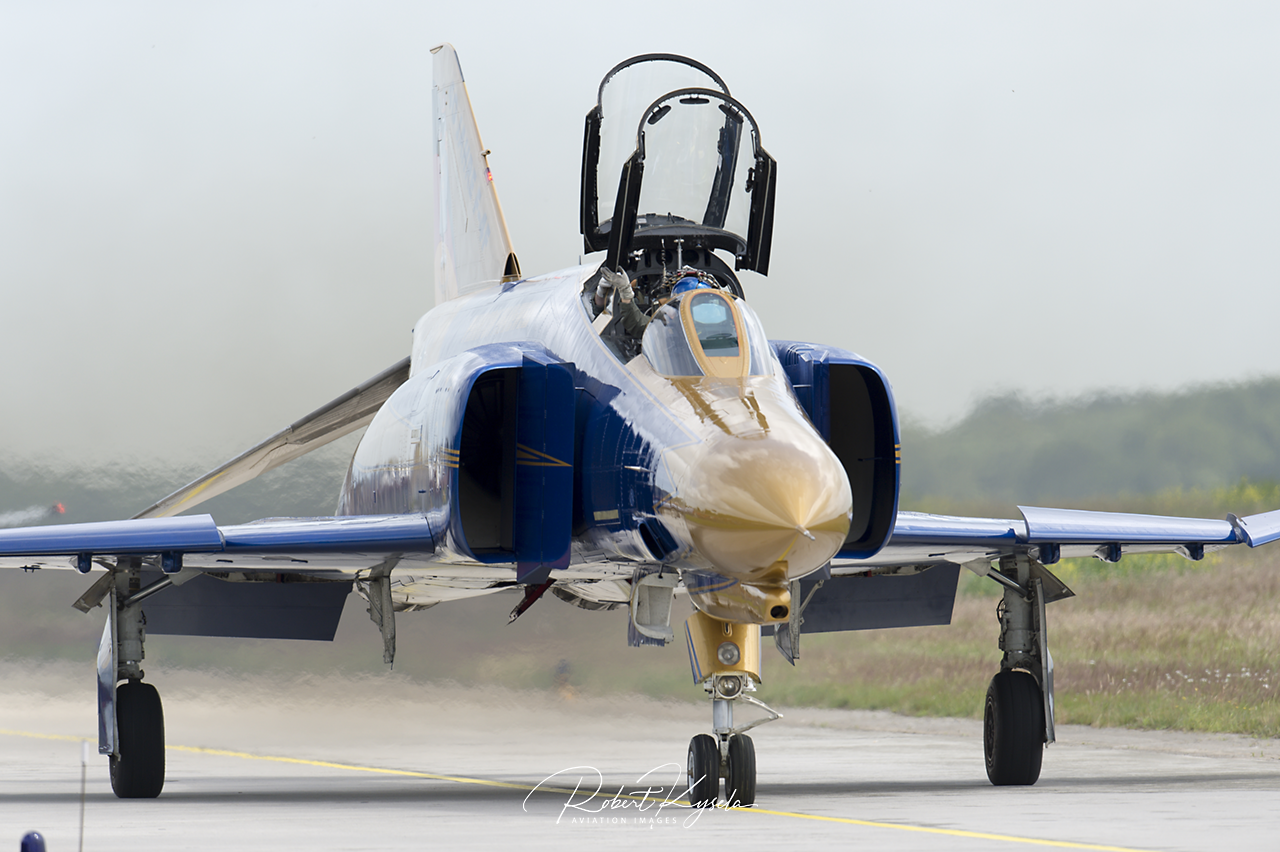
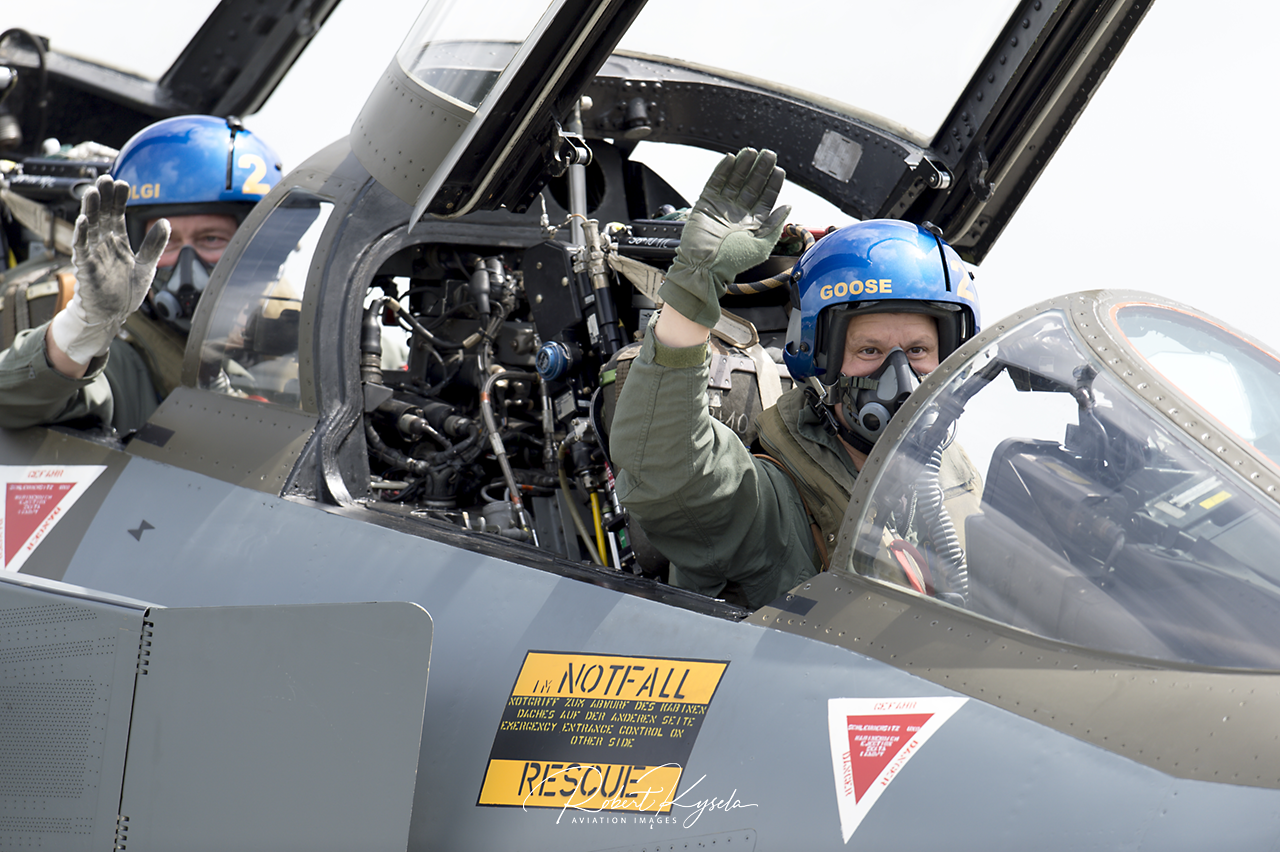
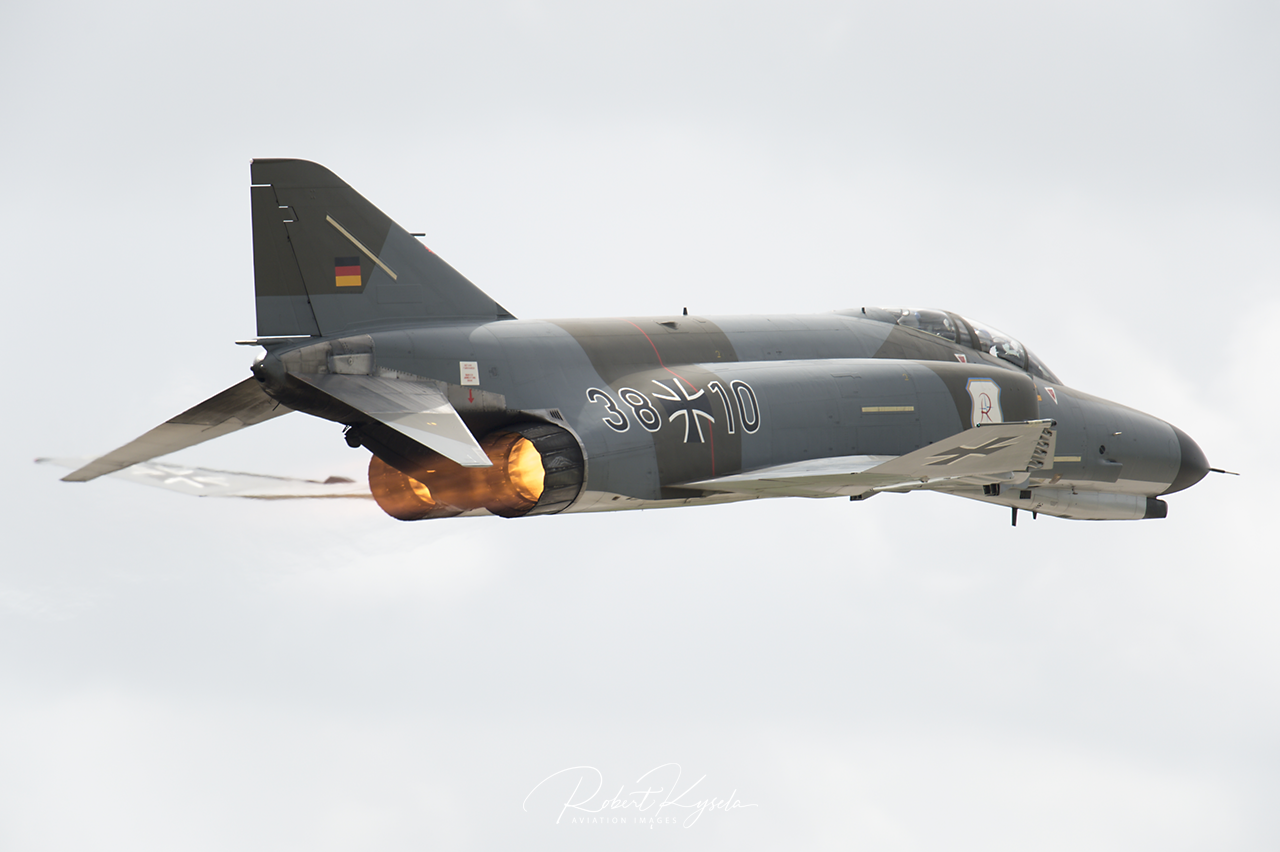
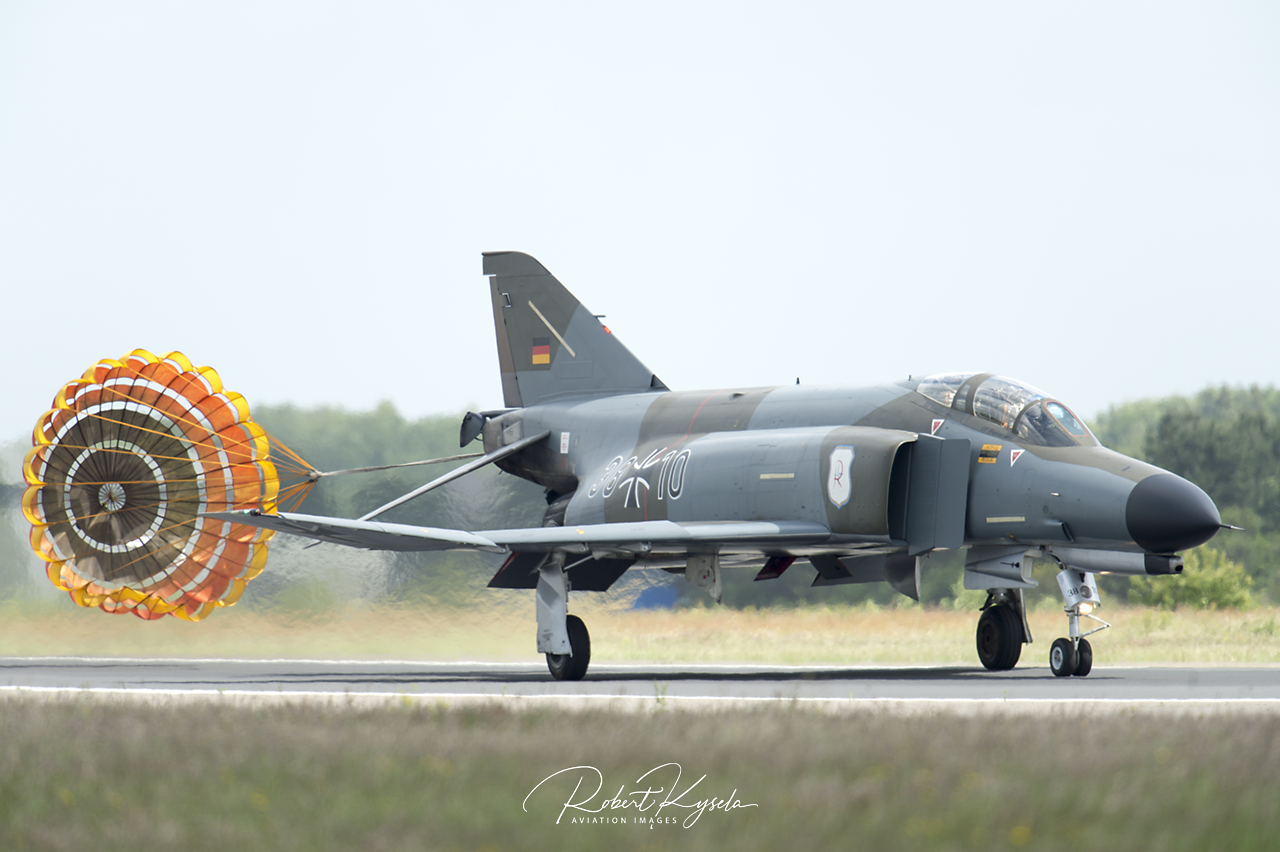
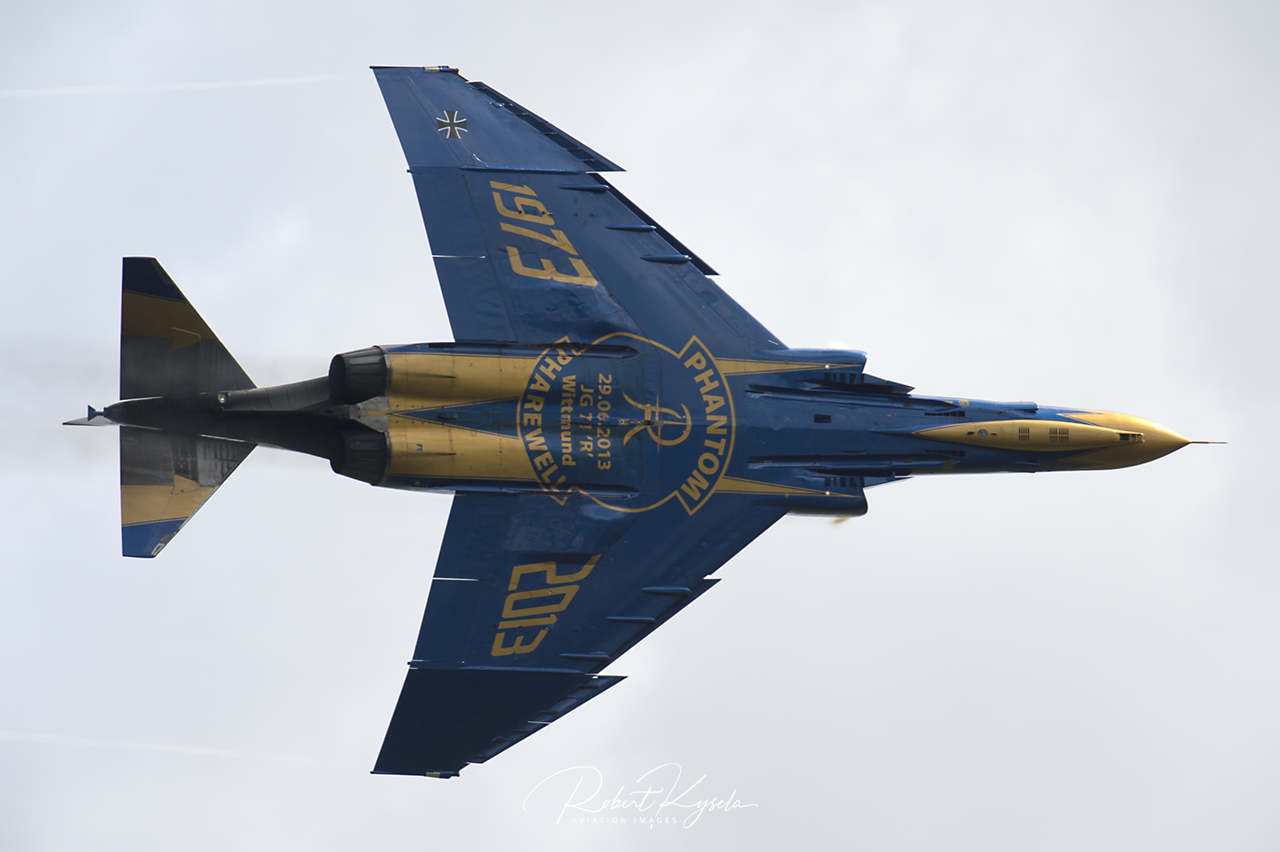
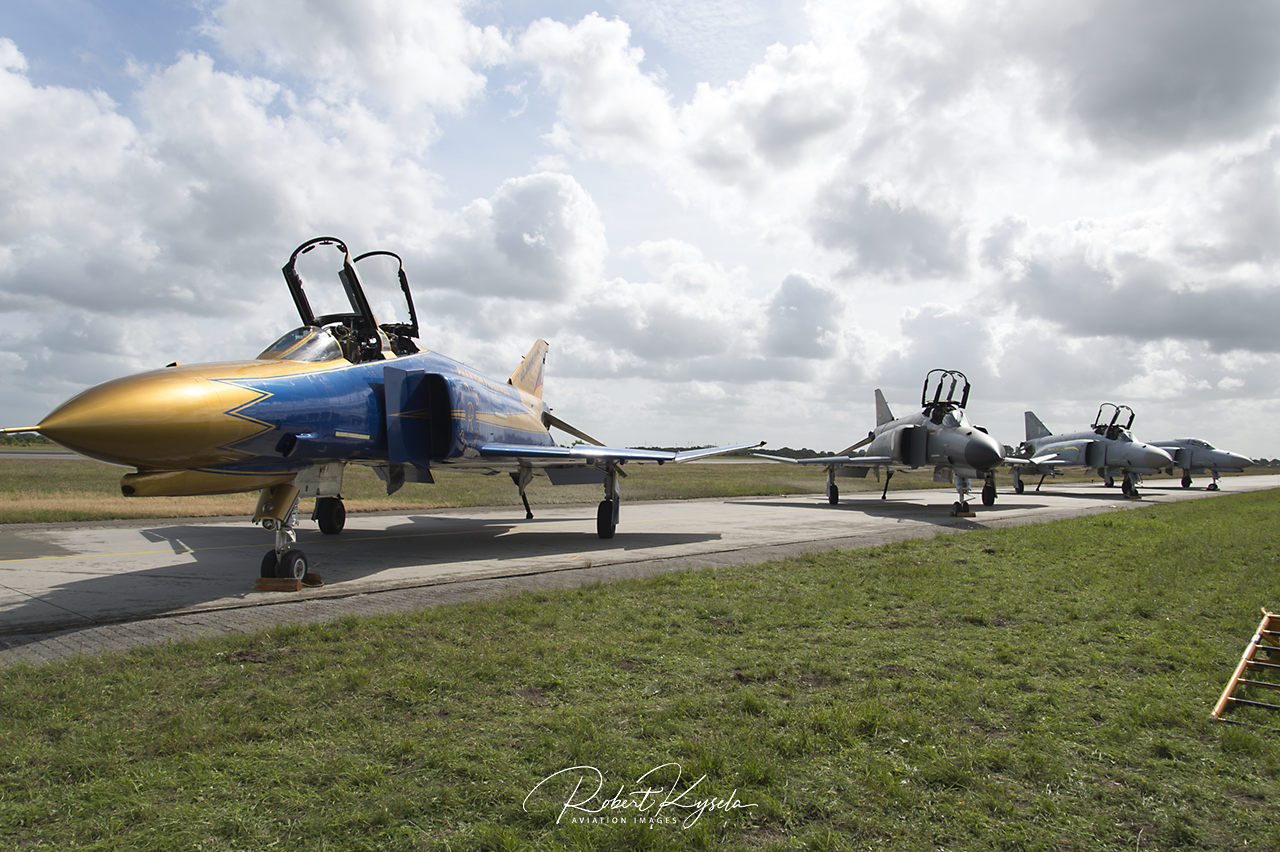
On the 31st of August 1973 the first of two McDonnell Douglas F-4F Phantom II landed at the Luftwaffe airbase in Wittmundhafen. Almost exactly 40 years later, the flyout of this aircraft took place at the FIGHTER SQUADRON 71 ” RICHTHOFEN “. The workhorse of the German Air Force was replaced in a solemn ceremony by the more modern weapon system Eurofighter EF-2000. The very last unit which operated the F-4F was the JG 71 “R” which was therefore one of the last operators of this legendary combat aircraft (current status of countries still flying the F-4 : Turkey, Greece, Japan and Iran). No more reason is required to have a closer look at the history and the career of the McDonnell Douglas F-4F in the service within the Luftwaffe.
Due to its excellent performance , the Phantom II, became a best seller not only in the United States, but was also supplied in large numbers to allied countries.
R. Kysela
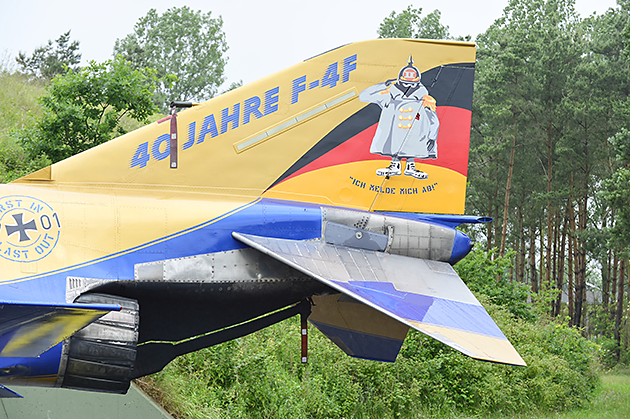
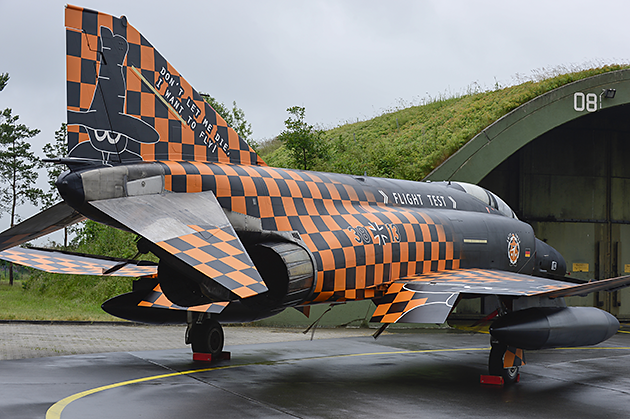
The McDonnell Douglas F4H-1 (still using the old designation F4H-1, from 1962, the new designation form F-4 was used ) had its maiden flight on the 28th of May 1958. Originally designed as a heavy fighter-bomber for the U.S. Navy , the F-4 became a potent long-range interceptor, fighter-bomber and reconnaissance aircraft. Due to its excellent performance , the Phantom II, became a best seller not only in the United States, but was also supplied in large numbers to allied countries. For example the German Luftwaffe purchased 273 aircraft (10 x F-4E , 88 RF-4E reconnaissance aircraft and 175 F-4F) , the Israeli Air Force received 286 aircraft (unofficial sources speak of even higher numbers , because the Israelis during the 1973 Yom Kippur War received additional aircraft to fill up its losses), and the former Imperial Iranian Air Force got some 225 machines.
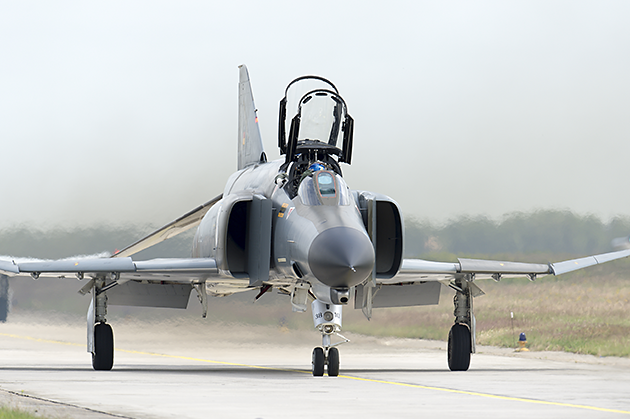
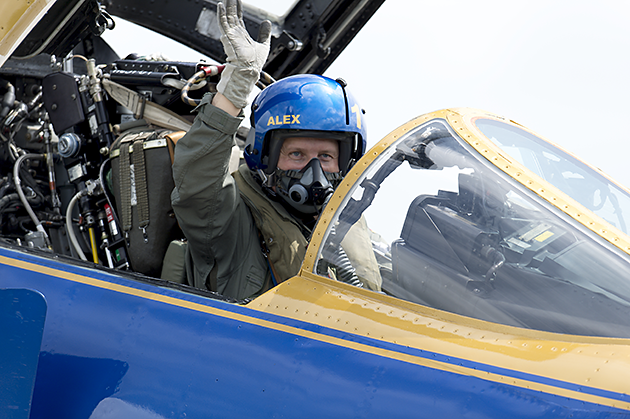
From the outset, the F-4 was designed as a two-seater, a pure, single-seat interceptor version was planned, but this was never realized. For the pilot, the second man in the cockpit was, at least in the beginning, anything but popular. The German term “Kampfbeobachter (battle observer)” contributed significantly to this uncomfortable situation. Almost every German F-4 pilot looked jealously on their colleagues, who flew the single-seat F-104 STARFIGHTER. The weapons system officer ( WSO ) as the man in the back is called in today’s language has its raison d’être, this was definitely manifested after a short period. The increasingly complex tasks in a weapon system, such as the F-4 PHANTOM made a division of labor absolutely essential. Only the use of advanced computer-aided avionics and weapons control systems, utilised by combat aircraft of the 5th Generation have made the WSO obsolete again.
To meet the increasing requirements, two upgrade programs were carried out, specifically for the F-4F (Peace Rhine & ICE - Improved Combat Efficiency).
R. Kysela
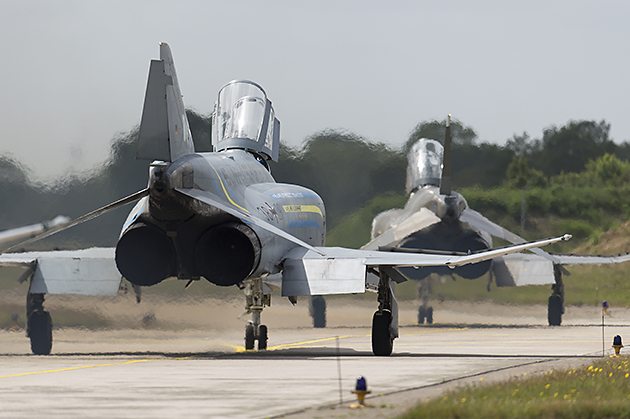
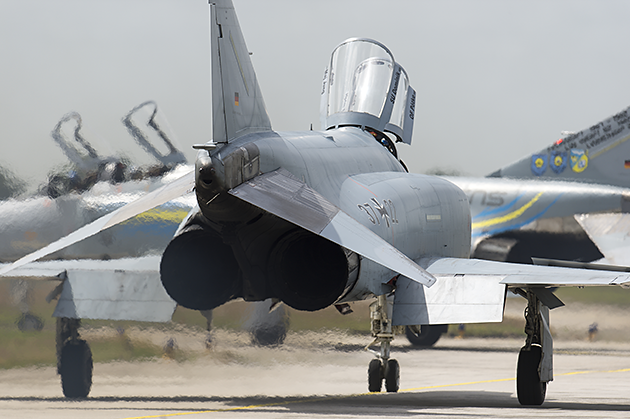
The variant mainly used in the German Air Force, was the F-4F, which was a slightly simplified F-4E, with reduced capability. For instance the German F-4F was not able to carry the medium range AIM -7 SPARROW missiles as its Hughes AN-APQ-120 was reduced in scope, in addition was the integration of various external loads waived ( as the AGM-65 MAVERICK or the AGM-45 SHRIKE anti-radar missile could not be used with the German Phantom in its original configuration). To meet the increasing requirements, two upgrade programs were carried out, specifically for the F-4F ( Peace Rhine & ICE – Improved Combat Efficiency ). In the latter (which was carried out between 1991 and 1996) 110 aircraft have been upgraded to the advanced Hughes APG-65 radar. Thus, the F-4F was able to carry advanced missiles, such as the AIM-120 AMRAAM. A new digital data bus according to MIL standard 1553R, a Honeywell inertial navigation system (H-423 ) and a new radar warning receiver completed the upgrade. Thus, the PHANTOM could meet its role as an interceptor until the introduction of the Eurofighter EF-2000.
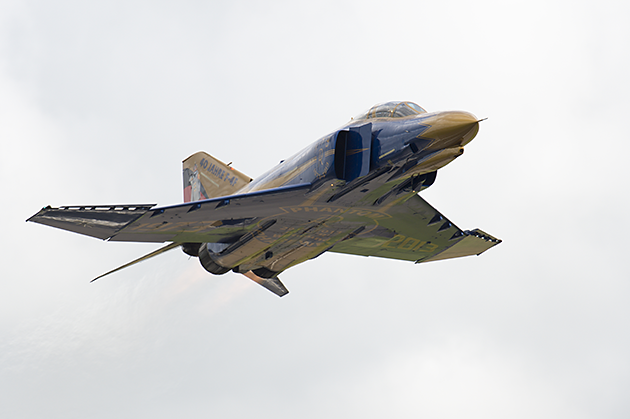
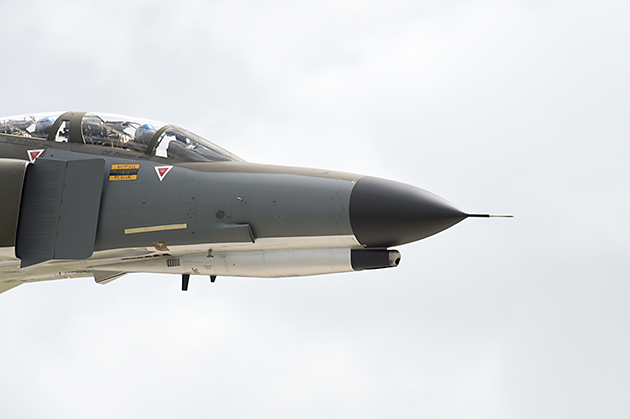
In the German Luftwaffe four fighter wings, two fighter-bomber wings and two reconnaissance squadrons were equipped with the PHANTOM II. The first units, which disbanded their PHANTOMS in the course of general disarmament early / mid 1990s were the two recconnaisance squadrons AG 51 and AG 52, which where equipped with the RF-4E reconnaissance variant. Both units merged in 1992/93 to become the Reconnaissance Wing 51 ” IMMELMANN ” and converted to the PANAVIA Tornado RECCE-Version. Next, it hit the fighter-bomber units. With the ( extremely belated ) conversion to the Eurofighter EF-2000 the PHANTOM units disbanded within the remaining fighter wings ( JG 73 “S” in 2002 , JG 72/Fluglehrzentrum F- 4F in 2005, JG 74 “M” in 2008 and finally the JG 71 “R” in 2013) .
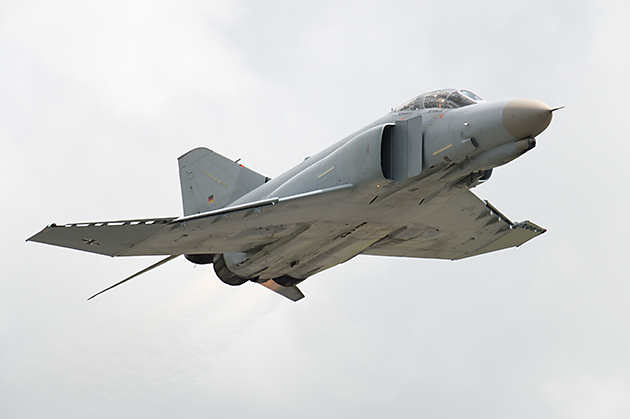
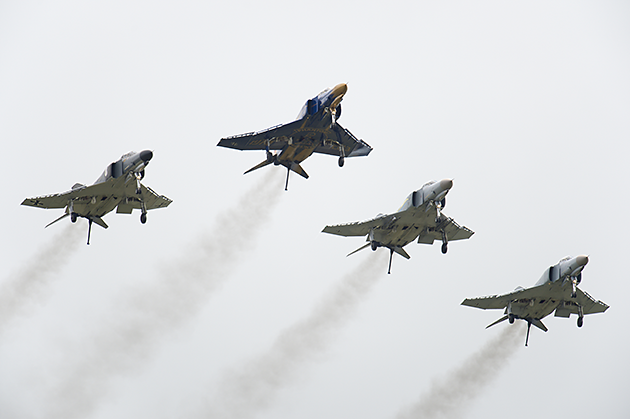
The McDonnell Douglas F-4F Phantom II was never so much in the public spotlight, as it was, for example, the Lockheed F-104G STARFIGHTER. This was perhaps partly due to the not so aesthetic appearance in comparison with the elegant F-104, one reason was for sure the high reliability and the associated low accident rate compared to other aircraft. Of the total of 273 aircraft which were procured 27 aircraft were lost in accidents – and this related to the more than 1,000,000 flight hours ( only the F- 4F is according to official statistics of the Luftwaffe at 921 500 flight hours).
An interesting detail: the blue / gold painted anniversary aircraft, which was the last to fly was also the first F-4F built for the Luftwaffe, which was still completely manufactured in the United States (for all other aircraft, various components were manufactured by the precursor of the EADS Group , the company MBB) . This aircraft underlines very clearly the reliability of this product from the MDD company. It had its first flight on 18th of March 1973 and will ( hopefully ) find a nice place in a welcoming museum.
The F- 4 has not flown with supersonic speed into the hearts of the men who had to deal with it, but with consistency and reliability.
R. Kysela
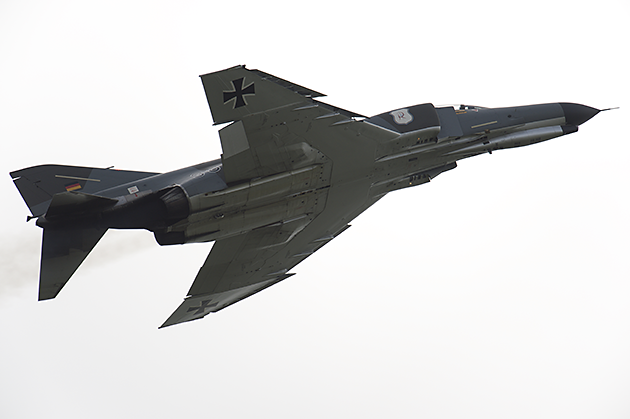
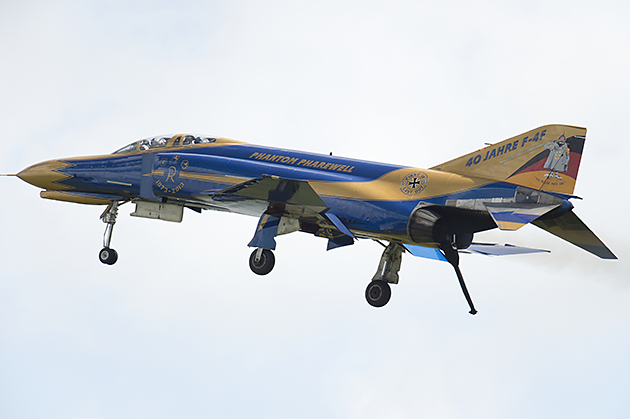
VERDICT: With the landing of the very last F- 4F on the 29th of June 2013 at about 15:30 local time at the airbase in Wittmund an era ends. At the beginning of her career undesirable for the pilot, vilified and unflattering names provided by the maintenance teams ( Rhino , Double Ugly among Americans , Luftwaffen-Diesel or iron pig, just to name a few, with the Germans) the weapon system PHANTOM has proven its proverbial reliability for 40 years. Not bad when you imagine that in the procurement phase it was considered, that F-4 will be on active duty for probably five to a maximum 10 years. The F- 4 has not flown with supersonic speed into the hearts of the men who had to deal with it, but with consistency and reliability. Although the men and women of Jagdgeschwader 71 ” RICHTHOFEN ” find their way into the 21st Century with the EF-2000, but a large amount of nostalgia remains for many, which is expressed in the short but pithy saying to the outside : PHANTOM PHOREVER
Robert Kysela / CHK6

